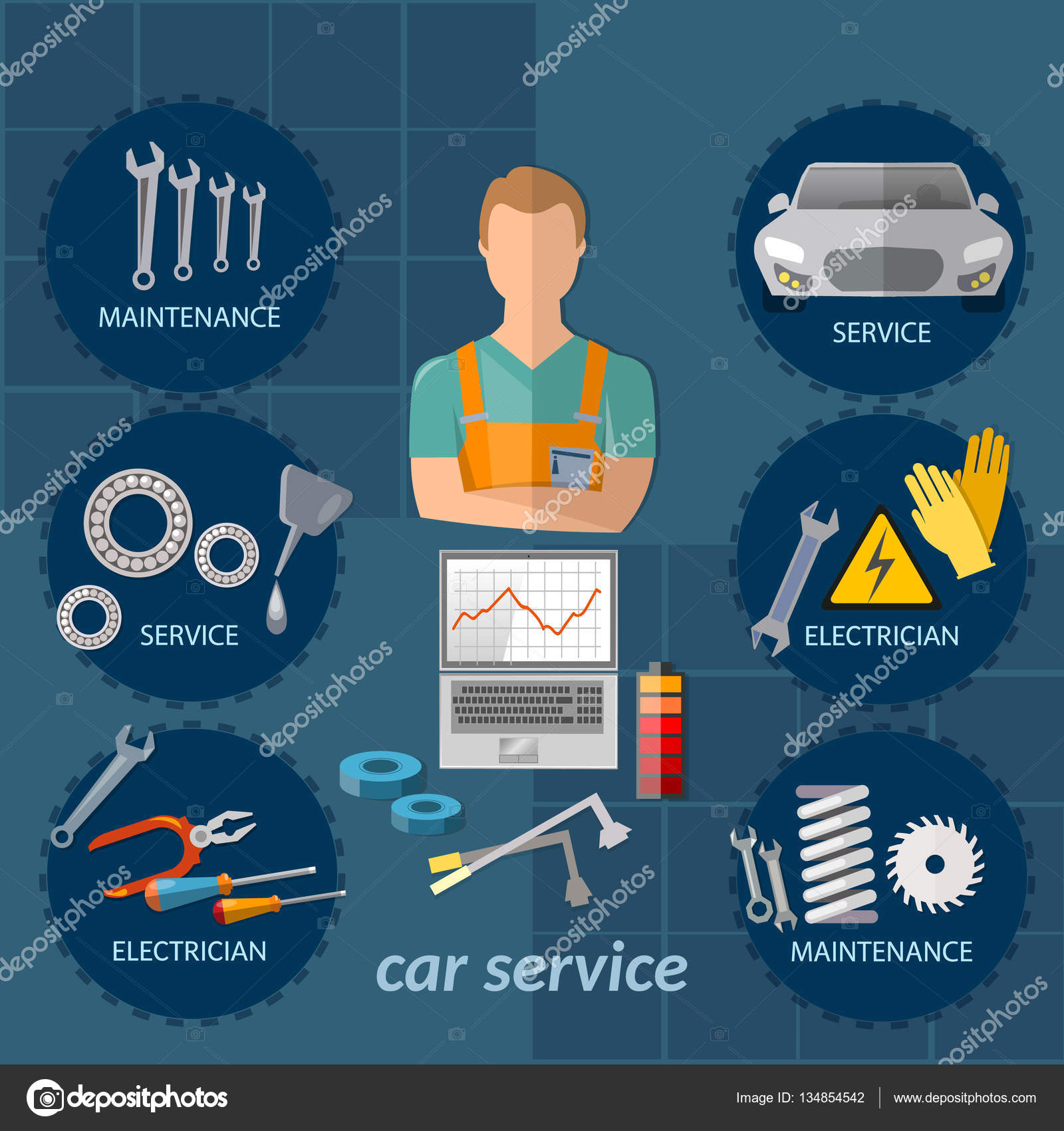Recognizing Your Auto'S Warning Lights: What Do They Actually Mean?
Recognizing Your Auto'S Warning Lights: What Do They Actually Mean?
Blog Article
Writer-McKee Heath
When you lag the wheel, those glowing caution lights on your dashboard can be a bit puzzling. Do you know what they're trying to tell you regarding your car's health? Comprehending https://oilnearme95062.59bloggers.com/28124732/acquire-the-skills-to-effortlessly-change-your-car-s-oil-and-conserve-cash-in-the-process-by-referring-to-this-comprehensive-detailed-overview of these lights is essential for your safety and security and the durability of your automobile. So, the following time one of those lights appears, would not you wish to analyze its message accurately and take the essential steps to address it?
Common Warning Lights and Interpretations
Identify common caution lights in your vehicle and understand their significances to ensure secure driving.
The most common warning lights consist of the check engine light, which signifies issues with the engine or exhausts system. If this light comes on, it's vital to have your automobile checked without delay.
The oil stress alerting light shows low oil stress, calling for prompt focus to prevent engine damages.
A blinking battery light might recommend a damaged billing system, potentially leaving you stranded if not dealt with.
The tire stress tracking system (TPMS) light informs you to reduced tire stress, affecting car stability and gas effectiveness. Overlooking https://caidenqkfyt.tusblogos.com/27716689/wondering-what-requirements-specify-the-trustworthiness-of-a-vehicle-repair-facility could bring about hazardous driving problems.
The abdominal light indicates an issue with the anti-lock braking system, compromising your capacity to stop promptly in emergency situations.
Last but not least, the coolant temperature alerting light warns of engine getting too hot, which can cause serious damage otherwise settled promptly.
Comprehending these common warning lights will help you deal with problems quickly and maintain risk-free driving conditions.
Relevance of Prompt Attention
Understanding the typical caution lights in your car is just the very first step; the relevance of immediately dealing with these cautions can't be stressed sufficient to ensure your safety and security when traveling.
When a warning light brightens on your dashboard, it's your automobile's way of communicating a possible problem that needs attention. Disregarding these warnings can lead to much more serious troubles down the road, compromising your safety and security and potentially costing you extra in repairs.
Motivate attention to cautioning lights can protect against malfunctions and accidents. As an example, a blinking check engine light might show a misfire that, if left neglected, might trigger damage to the catalytic converter. Addressing this quickly can save you from a pricey fixing.
Similarly, a brake system cautioning light could indicate reduced brake liquid or worn brake pads, important parts for your security when driving.
DIY Troubleshooting Tips
If you notice a warning light on your control panel, there are a couple of DIY troubleshooting tips you can try prior to looking for professional aid.
The very first step is to consult your automobile's handbook to understand what the details warning light indicates. In some cases the issue can be as simple as a loose gas cap setting off the check engine light. Tightening up the gas cap may resolve the issue.
One more typical issue is a reduced battery, which can activate numerous alerting lights. Checking the battery links for deterioration and ensuring they're secure might deal with the problem.
If a warning light persists, you can attempt resetting it by disconnecting the car's battery for a few minutes and afterwards reconnecting it. In addition, examining your vehicle's liquid degrees, such as oil, coolant, and brake fluid, can aid troubleshoot alerting lights associated with these systems.
Conclusion
In conclusion, recognizing your cars and truck's warning lights is vital for maintaining your automobile running efficiently and securely. By promptly attending to https://charliermgat.webdesign96.com/28187127/eager-to-discover-the-keys-that-establish-the-dependability-of-an-automobile-repair-garage and knowing what they mean, you can stay clear of pricey fixings and prospective malfunctions.
Keep in photo mechanic to consult your car's guidebook for particular details on each alerting light and act as necessary to guarantee a hassle-free driving experience.
Keep educated, remain secure on the road!
